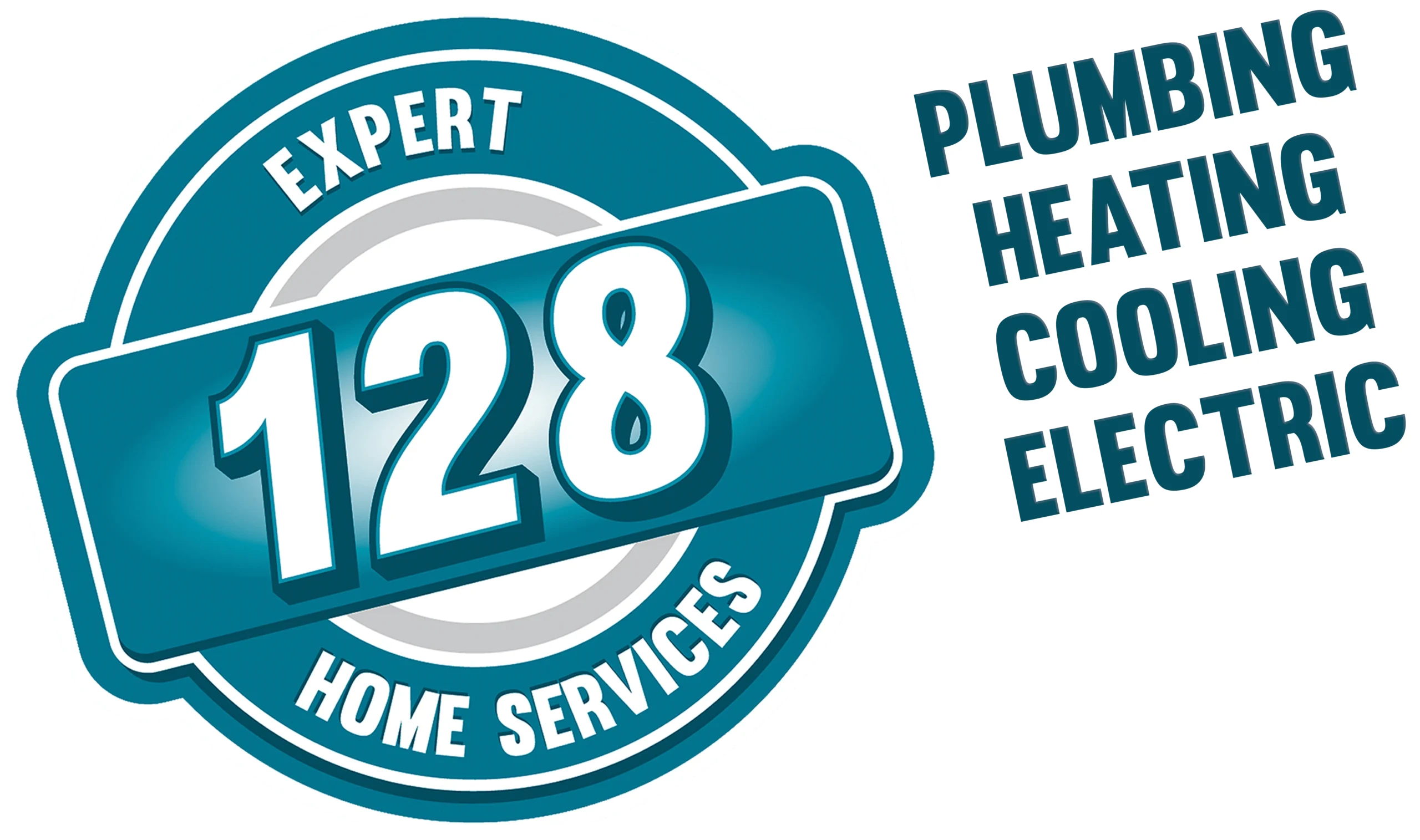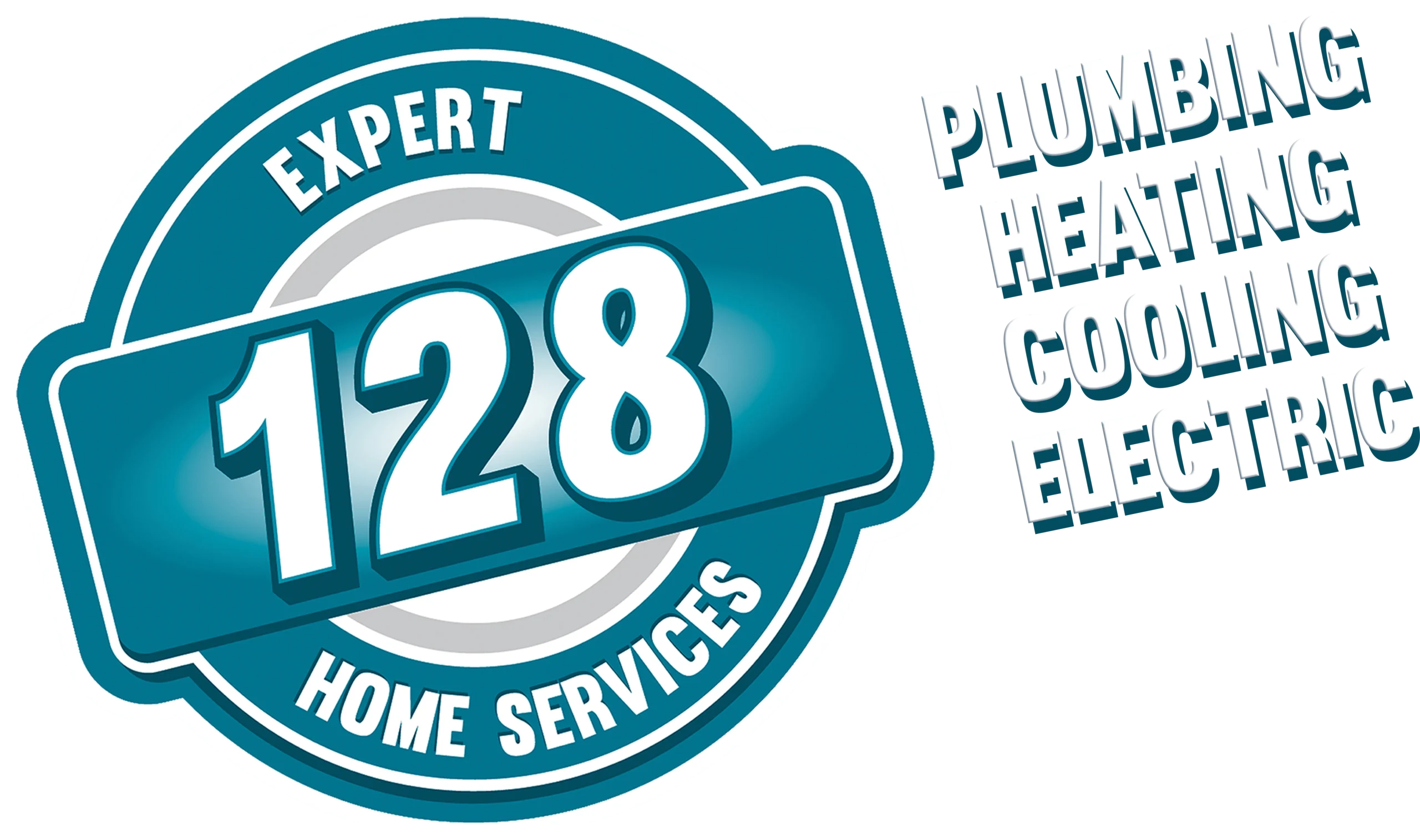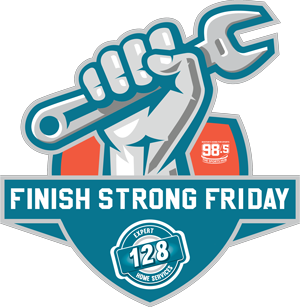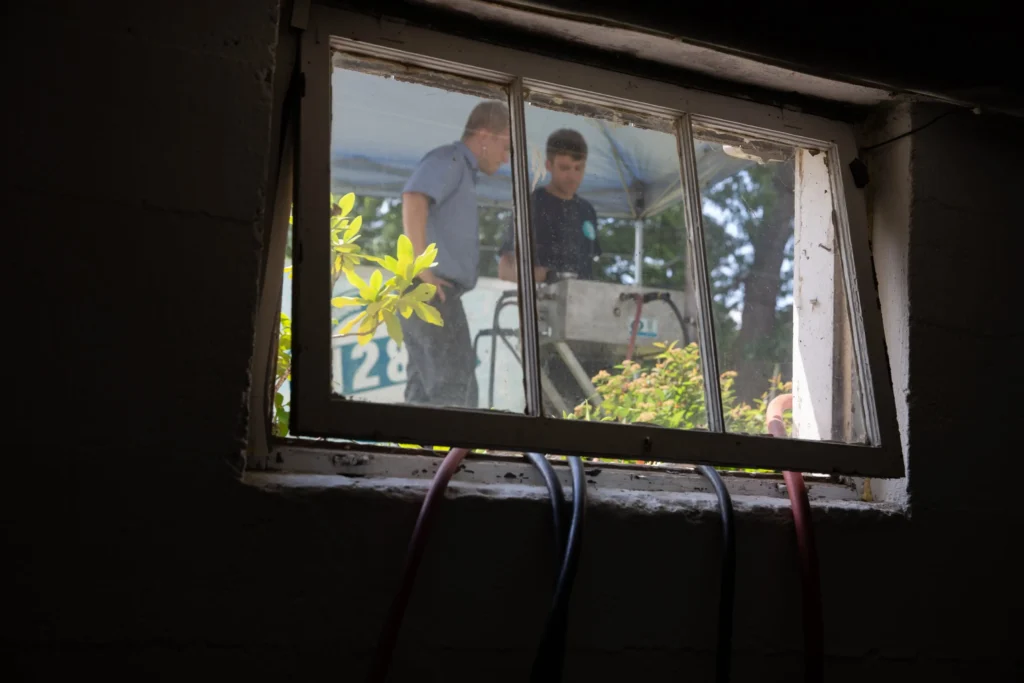
Trenchless pipe lining, also known as CIPP lining, repairs pipes without extensive digging. A resin-coated liner is inserted and cures to form a new pipe. In this article, we explain the process, benefits, and why it’s a smart choice for your plumbing needs.
When it comes to repairing damaged sewer pipes, there are several modern technologies available today. One popular method involves using a pipe lining machine, which allows for the insertion of a pipe liner machine or pipe relining machine to restore the integrity of aging pipelines. These pipe repair solutions are highly effective in applications such as reline sewer pipe processes and sewer pipe lining installation.
This technique eliminates the need for complete sewer pipe replacement by providing a trenchless pipe lining method, offering a long-lasting fix without disturbing the surrounding landscape. Advanced tools like the sewer pipe lining installation equipment ensure seamless rehabilitation of existing pipes or existing damaged pipe systems.
Despite its benefits, it’s essential to weigh the disadvantages of trenchless pipe lining against its advantages, especially when comparing it with other pipe rehabilitation methods. There are many pipe rehabilitation methods available, but trenchless technology stands out as a minimally invasive approach.
Homeowners can trust this modern solution for effective pipe repair services that restore functionality and extend the lifespan of their plumbing systems.
Key Takeaways
- Trenchless pipe lining is a non-invasive method for repairing aged pipelines without extensive digging, offering durability with an expected lifespan of over 50 years.
- The trenchless pipe lining process involves inspection, cleaning, resin preparation, liner insertion, and curing, ensuring a seamless and effective pipe repair with minimal disruption.
- Trenchless pipe lining is cost-effective, environmentally friendly, and preserves property aesthetics compared to traditional pipe replacement methods.
Understanding Trenchless Pipe Lining
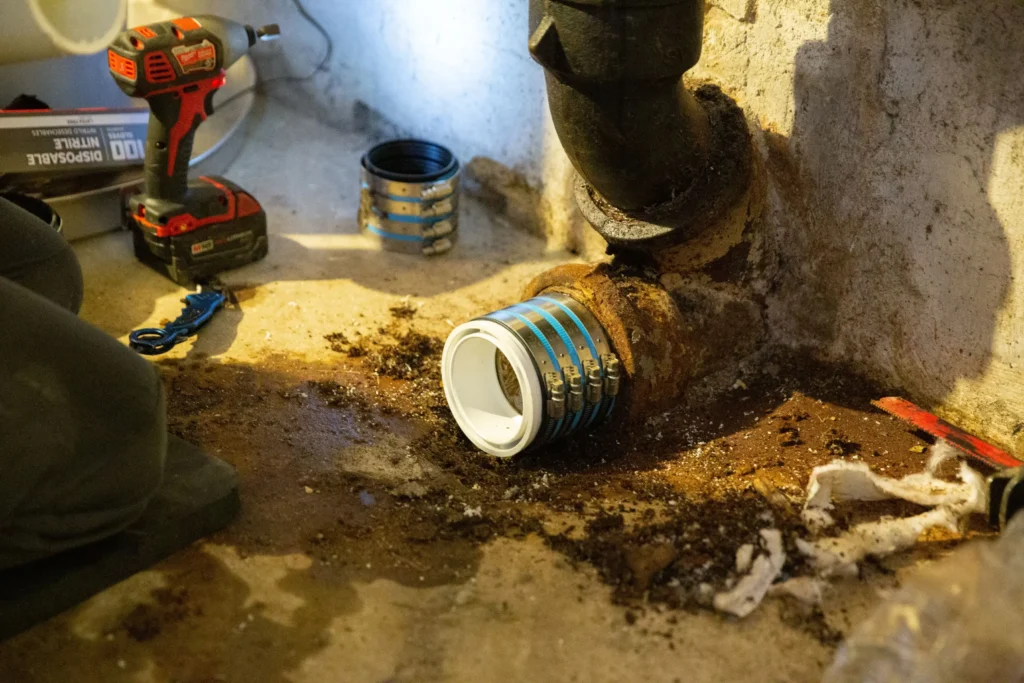
Trenchless pipe lining is an innovative, non-invasive method for repairing aged and deteriorated pipelines without the need for extensive digging. This technique, also known as Cured-In-Place Pipe (CIPP) lining, involves inserting a resin-impregnated sleeve or liner into the old pipe. Once in place, the resin cures, forming a new, durable lining inside the existing pipe.
The process addresses a wide range of common plumbing issues, including:
- leaks
- breaks
- blockages
- root intrusion
One of the key benefits of using the existing pipeline is that it creates a “pipe within a pipe,” effectively restoring the existing pipeline itself’s integrity without having to excavate large sections of your property. This method is not only efficient but also environmentally friendly, as it minimizes the disruption to the surrounding landscape.
The expected lifespan of trenchless pipe and lining technologies is impressive, lasting a minimum of 50 years and often much longer. This makes it a long-term solution for homeowners looking to fix their clay sewer pipes without the hassle and cost associated with traditional pipe replacement methods. By employing advanced trenchless and clay sewer pipe repair technologies, this method ensures that your plumbing system remains functional and efficient for decades.
The Process of Trenchless Pipe Lining
The trenchless pipe lining process is a meticulous yet straightforward procedure designed to restore your sewer lines with minimal disruption. It involves several critical steps, each ensuring the integrity and effectiveness of the trenchless sewer repair itself. The process includes:
- Thorough inspection and diagnosis of the sewer line.
- Cleaning of the sewer line to remove any debris or blockages.
- Preparation of the resin and insertion of the liner into the pipe.
- Curing of the liner to create a strong, seamless pipe within the existing pipe.
- Final inspection to ensure the repair is complete and the sewer line is functioning properly.
By following these steps, you can restore your sewer lines without the need for extensive digging or disruption to your property.
Each step is crucial for the success of the trenchless method of sewer line repair. By understanding these steps, you’ll gain a clearer picture of how this innovative method can save you time, money, and the hassle of traditional pipe replacement.
Let’s break down each stage in more detail.
Inspection and Diagnosis
The first step in the trenchless pipe lining process is to conduct a comprehensive inspection and diagnosis using a camera. This allows our specialists to:
- Identify the exact location and nature of the problem within the sewer line
- Visualize the interior of the pipes
- Determine whether trenchless pipe relining is a viable option
- Plan the repair method accordingly.
It’s essential to be present during the camera inspection and ask for a copy of the recorded video. This transparency ensures you understand the issues at hand and the proposed solutions. Early diagnosis minimizes the impact on the community and prevents minor issues from escalating into major plumbing disasters.
Cleaning the Sewer Line
Thoroughly cleaning the main sewer line is a critical step before the pipe lining process begins. This involves:
- Removing any sediment, debris, or obstructions that could hinder the adhesion of the liner
- Using high-pressure water jetting or mechanical cleaning methods to ensure a clean pipe
- Inspecting the pipe with a camera to identify any remaining issues
- Ensuring that the pipe is free from any blockages or buildup
A clean sewer pipe ensures that the resin bonds effectively with the existing sewer pipe, enhancing the overall effectiveness of the trenchless method of sewer repair.
Proper cleaning not only prepares the walls of the pipe for the lining process but also improves the efficiency of the repaired pipeline once the repair is completed. By creating a smooth wall surface, the new liner can adhere perfectly, ensuring a long-lasting repair.
Resin Preparation and Liner Insertion
Once the sewer line is clean, the next step is resin preparation and liner insertion into original pipe. Technicians measure and mix the epoxy resin according to specific requirements to ensure it cures properly. The resin is then poured into the concrete liner for impregnation, making it ready for insertion into the pipeline.
The actual insertion process involves pushing the resin-impregnated liner into the existing pipe using specialized equipment. This step is critical as it creates a new pipe within the old one, restoring the integrity and functionality of the original, pipe within a pipe and the sewer line without extensive excavation.
Curing and Final Inspection
After the liner is inserted, the curing process begins. This involves allowing the resin to harden and bond with the existing pipe, forming a durable new lining inside the old pipe. The curing process typically takes a few hours, during which the liner is left undisturbed to ensure proper adhesion and strength.
Once the curing is complete, a final inspection is conducted to ensure the repair is successful. This includes removing the calibration tube, sealing the liner, and reinstating service connections. Proper pipeline restoration practices such as backfilling and compaction are also followed to ensure the repaired pipeline is ready for use.
Advantages of Trenchless Pipe Lining
Trenchless pipe lining offers numerous advantages over traditional pipe replacement methods. It is a cost-effective solution, significantly reducing labor costs and eliminating the need for extensive excavation. This innovative approach can save homeowners 25-30% compared to traditional dig-and-replace methods, making it a financially sound choice.
Additionally, trenchless pipe lining is known for its durability and longevity. The new lining can last over 50 years, providing a long-term solution to various plumbing issues. Moreover, this method causes minimal disruption to the property, preserving landscaping and structures, and reducing the overall impact on the environment.
Cost-Effective Solution
One of the most compelling benefits of trenchless pipe lining is its cost-effectiveness. Here are some reasons why:
- Traditional pipe replacement can be both time-consuming and expensive, often requiring significant excavation and labor.
- In contrast, trenchless pipe relining typically costs around 25-30% less and involves much less manual labor.
- This reduction in labor costs translates to overall savings for homeowners, making it a great alternative to traditional methods.
Furthermore, trenchless repairs offer several advantages:
- They can be completed in a day or two, significantly faster than traditional methods
- This time-saving aspect reduces labor costs and minimizes inconvenience caused by prolonged repair work
- It is a cost-effective method for homeowners
Durability and Longevity
The durability and longevity of trenchless pipe lining are unmatched. With an expected lifespan of over 50 years, this method offers a long-term solution to plumbing issues. Products like Perma-Liner have been rigorously tested and come with warranties that ensure their performance and longevity.
Proper maintenance can extend the life of these repairs even further, making trenchless pipe lining a wise investment. Its ability to provide a new, seamless pipe within the old one eliminates joints and seams, which are common failure points in traditional pipes. This continuous pipe structure significantly improves the flow of liquid and reduces the risk of future issues.
Minimal Impact on Property
One of the standout advantages of trenchless pipe lining is its minimal impact on property. Traditional methods often involve digging trenches and extensive excavation, which can disrupt:
- Landscaping
- Sidewalks
- Driveways
- Structures
In contrast, trenchless technology requires minimal digging, preserving the aesthetics of the property and reducing additional repair costs.
By avoiding major excavations, trenchless pipe lining ensures that the landscape and structures around the repair site remain intact. This method is particularly beneficial for residential homes, where preserving the property’s original state is a priority. Additionally, trenchless repairs are less invasive, causing less disruption to the daily lives of homeowners.
Common Issues Addressed by Trenchless Pipe Lining
In the rapidly growing pipe relining market, there are many factors to consider, especially when evaluating the trenchless sewer repair pros and cons. Methods like cured in place pipe liners and trenchless pipe relining market trends are shaping the future of sewer repairs. In particular, addressing issues such as sewer line bellies, which can be identified during a sewer line camera inspection, is crucial for long-term maintenance. Problems like copper pipe lining corrosion or recurring sewer line belly concerns can be resolved with modern technologies. Moreover, preventing sewer belly formations and understanding the nuances of pipe lining center point decisions play a key role in protecting infrastructure.
Modern solutions such as pipe repair and cured in place pipe liner testing are revolutionizing sewer maintenance by reducing downtime and avoiding extensive excavations. Homeowners can now utilize sewer pipe linings and vent stack lining to maintain or restore sewer systems with minimal disruption. These techniques, alongside sewer system coating, offer enhanced durability to prevent issues like preventing sewer line bellies, which often arise due to improper pipe alignment. By proactively managing problems like sewer line channeling and addressing recurring sewer line issues, property owners can ensure their plumbing systems function efficiently for decades.
Trenchless pipe lining effectively addresses several common plumbing issues, making it a versatile solution for homeowners. Problems such as root intrusion, aging pipes, and frequent backups and leaks are all within the scope of this innovative technology. Each of these issues can cause significant damage and inconvenience if not addressed promptly and effectively.
By creating a seamless, durable lining within the existing pipe, trenchless pipe lining offers the following benefits:
- Fixes the immediate problem
- Prevents future occurrences
- Particularly advantageous for older sewer systems that are prone to multiple issues due to their age and materials used in construction.
Root Intrusion
Root intrusion is a common problem for sewer lines, especially in areas with mature trees. Roots can penetrate small cracks and joints in the pipes, causing blockages and significant damage over time. Trenchless pipe lining addresses this issue by sealing off any openings or gaps within the sewer pipe itself, preventing roots from entering and causing blockages.
By using storm drains and creating a seamless, impenetrable pipe within the existing one, trenchless pipe lining ensures that future root intrusion is effectively prevented. This not only resolves the current problem but also protects the sewer lines from future damage, providing a long-lasting solution to a common issue.
Aging Pipes
Aging pipes, particularly those made from materials like cast iron and clay, are prone to cracking, rusting, and other forms of deterioration. Trenchless pipe lining rejuvenates these old pipes by applying a cured-in-place epoxy liner to the interior, effectively creating a new pipe within the old one.
This method eliminates joints and seams, which are common failure points in traditional pipes, and significantly improves the flow of liquid through the pipeline. By addressing the root causes of leaks and backups, trenchless pipe lining ensures that aging pipes remain functional and reliable for many years to come.
Frequent Backups and Leaks
Frequent sewer backups and leaks are often indicators of underlying issues within the sewer lines. These problems can cause significant inconvenience and damage to property if not addressed promptly. Trenchless pipe lining restores the interior of pipes to a like-new condition, eliminating the causes of sewer backups and leaks.
By creating a seamless and durable new lining inside the existing pipe, this method effectively reduces the risk of future issues. Homeowners experiencing multiple clogged drains, foul odors, or persistent puddles in the yard should consider trenchless pipe repair to resolve these problems, save time, and restore the functionality of their sewer system.
Comparing Trenchless Pipe Lining to Traditional Methods
When it comes to sewer repair, trenchless pipe lining offers numerous benefits compared to traditional methods. Some of the advantages of using trenchless sewer line repair technology include:
- No extensive excavation required, which means less disruption to landscaping and structures
- Faster and more efficient process, saving time and money
- Environmentally friendly, as it reduces the need for heavy machinery and minimizes the impact on the surrounding area
- Durable and long-lasting solution, with a lifespan of up to 50 years
With these benefits, trenchless pipe lining is a preferred choice for many sewer repair projects.
By comparing the two methods, it becomes clear that trenchless pipe lining is a more efficient and cost-effective solution. It reduces labor costs, minimizes property disruption, and can be completed much faster than traditional trenchless methods.
Let’s explore these differences in more detail.
Traditional Pipe Replacement
Traditional pipe replacement methods involve:
- Digging trenches to access and replace damaged pipes
- Highly invasive process, often requiring the removal of landscaping, driveways, and sometimes even structures
- Excavation needed to expose the entire length of the pipe can take several days to complete, depending on the depth and length of the sewer line.
This method is not only time-consuming but also costly, as it involves significant labor and restoration expenses. Homeowners often face additional repair costs to restore their property to its original state, adding to the overall expense of the project.
Trenchless Technology Benefits
Trenchless technology provides several distinct advantages over traditional methods. One of the primary benefits is the minimal excavation required, which helps preserve landscaping and avoid damage to structures. By using methods such as pipe lining and pipe bursting, repairs can be completed much faster, often in a single day, reducing downtime and inconvenience.
Additionally, trenchless repairs offer several benefits:
- They are generally more cost-effective due to reduced labor and restoration costs.
- This innovative approach is also environmentally friendly, as it avoids major excavations that can disrupt plant growth and natural drainage.
- With fewer risks of damaging utilities and exposure to hazardous materials, trenchless technology enhances safety for both workers and residents.
When to Consider Trenchless Pipe Lining
Homeowners should consider trenchless pipe lining when they suspect existing host pipe problems, experience frequent backups or leaks, or live in areas with old pipes and root intrusion. Regular maintenance and inspections can help identify issues early, allowing for timely and less invasive repairs.
However, it’s important to note that trenchless or pipe bursting or lining may not be suitable for every situation. For instance, if water pools in the existing sewer line or a low spot is identified, alternative methods like pipe bursting or traditional excavation may be recommended. Consulting with a sewer solutions expert can help determine the best approach for your specific plumbing issues.
Choosing the Right Service Provider
Selecting the right service provider is crucial for a successful trenchless sewer repair or pipe lining project. Look for a provider with extensive experience and expertise in trenchless sewer repairs. Ensure they hold necessary licenses and certifications, which indicate proper training and adherence to industry standards.
Check the provider’s reputation by reading online reviews and seeking recommendations from friends or family. A reliable provider should also offer guarantees and warranties on their work, giving you confidence in the quality of their services. Beware of ‘bait and switch’ tactics, where initial low-cost inspections lead to unexpected charges.
128 for Trenchless Pipe Lining & No Dig Pipe Repair
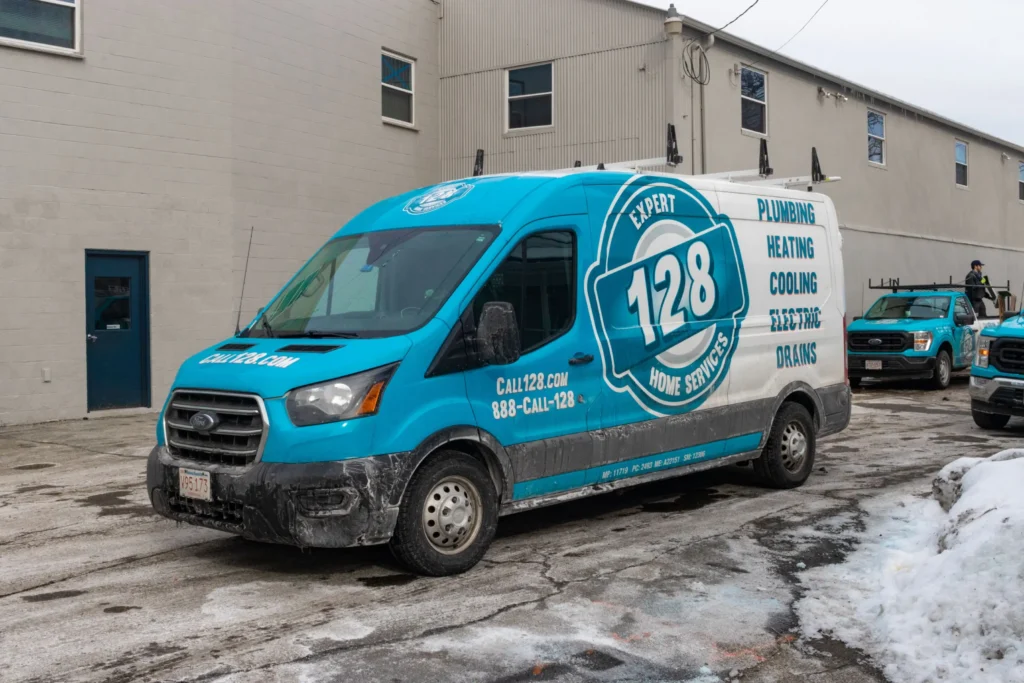
128 Plumbing, Heating, Cooling & Electric is a recognized leader in providing trenchless pipe lining and no-dig pipe repair services for both residential and commercial properties.
Trenchless pipe lining is a revolutionary method that offers a cost-effective, durable, and minimally invasive solution for repairing sewer lines. By understanding the process, advantages, and common issues addressed, homeowners can make informed decisions about their plumbing needs. This innovative approach not only saves time and money but also preserves the aesthetics of the property and reduces environmental impact.
Choosing the right service provider is essential for a successful repair, and 128 Plumbing, Heating, Cooling & Electric stands out as a trusted expert in the field. With their professional services and commitment to quality, you can rest assured that your plumbing issues will be resolved efficiently and effectively. Embrace the future of sewer repair with trenchless pipe lining by contacting us today!
Trenchless Pipe Lining Frequently Asked Questions
What is trenchless pipe lining?
Trenchless pipe lining is a method of repairing pipelines without extensive excavation by inserting a resin-impregnated sleeve into the old pipe to form a new lining. This innovative approach minimizes disruption and reduces costs.
How long does trenchless pipe lining last?
Trenchless pipe lining typically lasts a minimum of 50 years, and with proper maintenance, it often lasts even longer.
What are the main advantages of trenchless pipe lining?
The main advantages of trenchless pipe lining are cost-effectiveness, durability, and minimal invasiveness. It also reduces labor costs, preserves landscaping, and is completed much faster than traditional methods.
When should I consider trenchless pipe lining?
You should consider trenchless pipe lining if you suspect your house has pipe problems, experience frequent backups or leaks, or live in a house in an area with old pipes and root intrusion. It can help address these issues effectively without the need for extensive excavation.
How do I choose the right service provider for trenchless pipe lining?
Choose a trenchless pipe lining service provider with extensive experience, like 128 Plumbing, Heating, Cooling, and Electric. Ensure they have proper licenses and certifications, and a strong reputation, ensuring reliability and quality service. Be sure to read reviews and seek recommendations from trusted sources.
